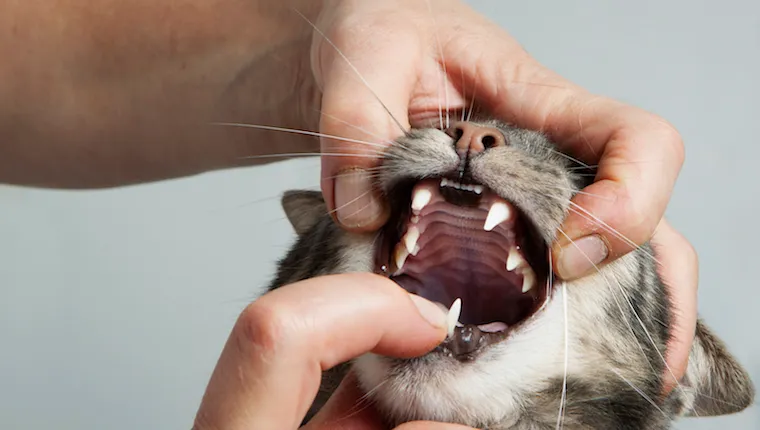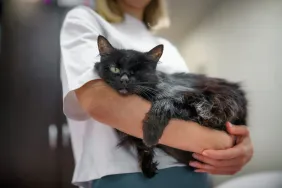Periodontal disease — or gum disease — is one of the most common diseases your cat might suffer from. About 70 percent of cats over the age of three have some form of oral disease.
Poor dental health can affect your cat’s overall health, too. Plaque that builds up in the mouth can enter the blood stream and contribute to liver or kidney disease,…









